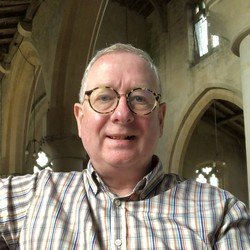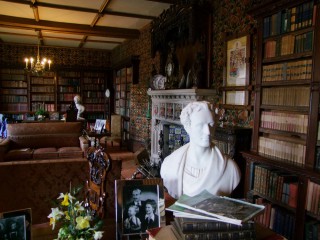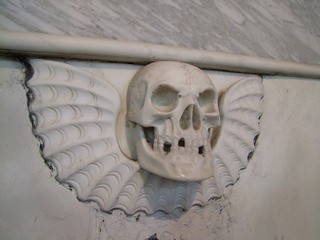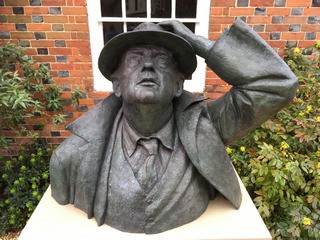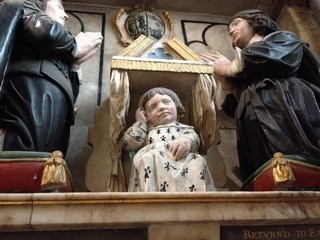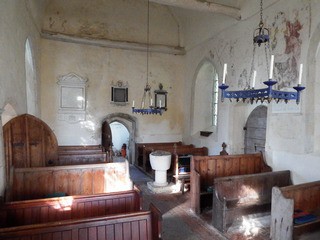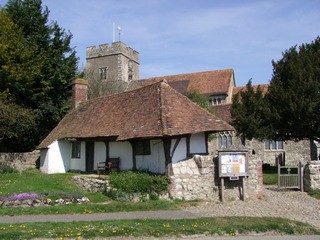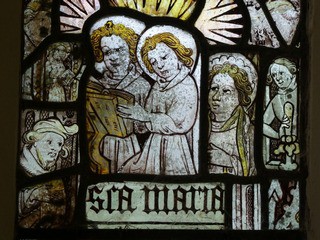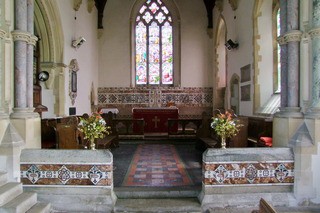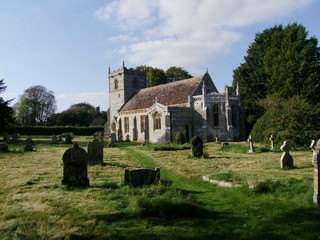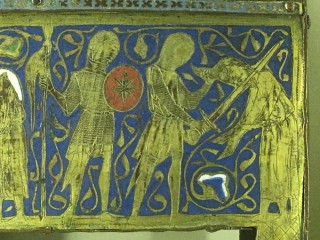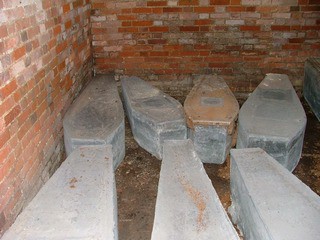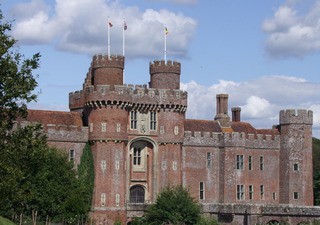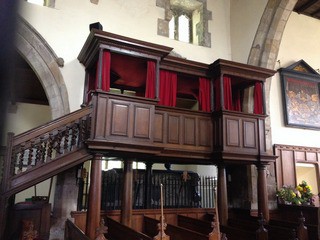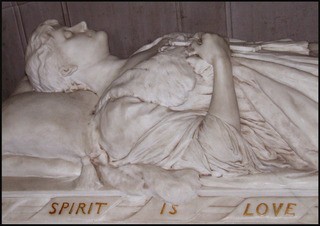About me...
I`ve been a professional historian and speaker for over 40 years, visiting diverse groups across the UK and beyond. For much of that time I also taught at the University of Kent as well as for the WEA and Denman College.
My specialist subject is ecclesiology – the study of church architecture and associated topics, but I love all types of historic buildings as you will see from my list of lectures. I`m keen to bring them to life through a series of amusing and accessible presentation, and after one of my lectures you`ll never see history as a dull and dry subject again!
.
About his Talks...
All lectures are Powerpoint and I bring my own laptop and projector. All you need to provide are a screen, or white wall, a small table and an extension lead.
All lectures are available (if required) by virtual delivery via ZOOM.
Fee:
Fee: £85 plus travel. Zoom fee £85

